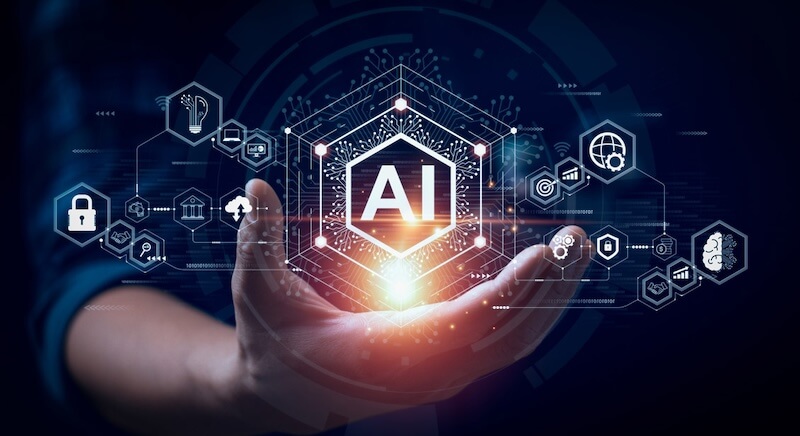The rise of AI art, particularly realistic images generated by artificial intelligence, has ignited a fierce debate within the creative industries. While these technologies offer exciting new avenues for artistic expression, they also present serious ethical questions and challenges for human creators. The ease with which AI can now produce stunningly realistic visuals raises concerns about copyright, authorship, bias, job displacement, and the very definition of art itself.
One of the most pressing issues is copyright infringement. AI models are typically trained on vast datasets of existing images, many of which are copyrighted. Artists worry that AI art generators are essentially "remixing" their work without permission or compensation, leading to potential copyright violations. Although AI art doesn't always break copyright laws, many artists feel cheated because their work is used without their consent. Some stock image companies have begun training their models with only licensed images to address this.
Adding to the complexity is the question of authorship. If an AI generates an image, who is the author? Is it the AI itself, the programmer who created the AI, or the user who provided the text prompt? The U.S. Copyright Office has taken the position that AI cannot be an author and that "purely AI-generated material" is ineligible for copyright protection. They have stated that copyrightability could be determined in the context of existing laws that provide limited protections for such work. Some argue the end user is the creative force, while others suggest the AI developer holds the stake unless they create work with the AI. This lack of clarity creates a legal gray area, leaving artists uncertain about their rights and ownership of AI-generated artworks. The absence of a clear legal framework governing AI art ownership creates uncertainty.
AI's reliance on vast datasets also raises concerns about bias. If the training data reflects existing social biases, the AI will likely reproduce these biases in its output. This can lead to problematic portrayals of marginalized groups and perpetuate harmful stereotypes. For example, AI image generators have been shown to exhibit bias in portraying women and people of color. Ensuring that training data is diverse and fair is crucial to avoid these ethical problems.
Another significant challenge is the potential for job displacement. As AI art becomes more sophisticated and accessible, some fear that it will replace human artists in certain roles, particularly in areas like graphic design, illustration, and commercial art. The entertainment industry has already experienced layoffs explicitly linked to the use of AI. While AI is also creating new job opportunities, especially in data analytics, machine learning, and AI development, the transition may be difficult for many artists who lack the skills to compete in these emerging fields. One study estimates that generative AI will significantly disrupt over 200,000 entertainment industry jobs over the next few years. Some surveys reveal a third of translators and a quarter of illustrators losing work to AI.
The rise of AI art also challenges traditional notions of artistic expression and creativity. Some argue that AI-generated images lack the human touch, the emotional depth, and the personal experiences that make art meaningful. Others argue that AI is simply a tool that artists can use to enhance their creativity and explore new aesthetic possibilities. AI systems can analyze and learn from existing artworks, enabling them to generate innovative pieces reflecting historical artistic trends. Ultimately, the question of whether AI-generated images constitute "real art" is a matter of ongoing debate.
Moreover, the accessibility of AI image generators raises concerns about the potential for misuse. AI can be used to create deepfakes, spread misinformation, and generate abusive content. It has become alarmingly easy for malicious actors to create harmful images using AI. Safeguards are easily circumvented, especially in open-source versions of these tools. The ability to generate realistic images with minimal effort raises alarms about the potential for online abuse.
Addressing these ethical questions and challenges will require a multi-faceted approach. This includes developing clear legal frameworks for copyright and ownership, promoting transparency and ethical data practices, and fostering a dialogue between artists, technologists, and policymakers. It is crucial to find ways to harness the creative potential of AI while protecting the rights and livelihoods of human artists. As AI continues to evolve, we must ensure that it serves humanity and enriches our cultural landscape, rather than undermining it.

















